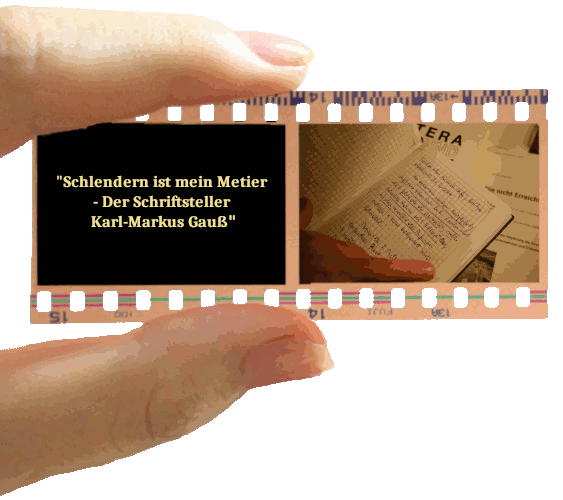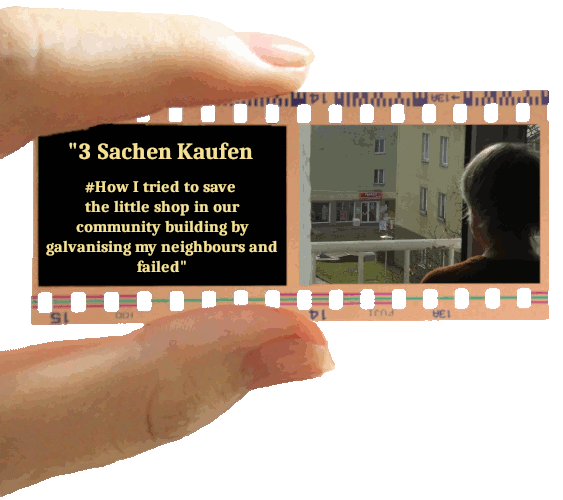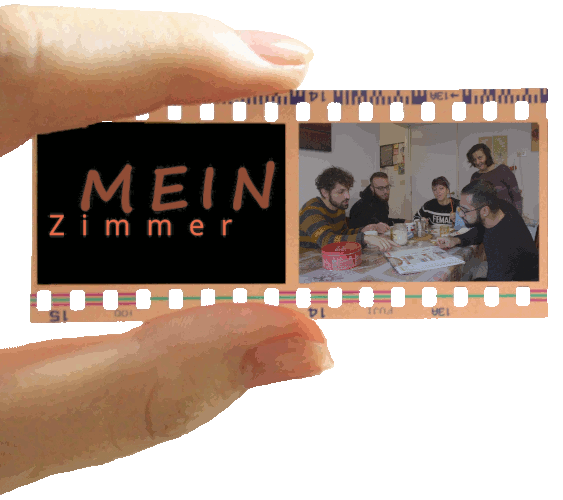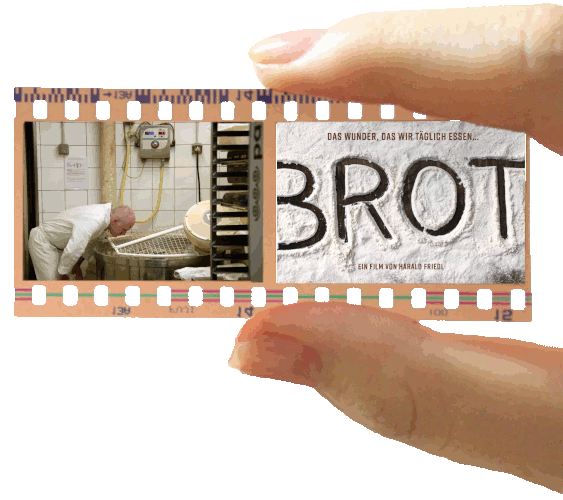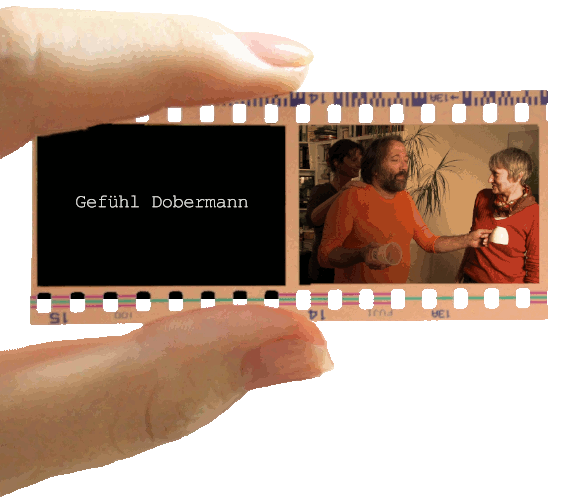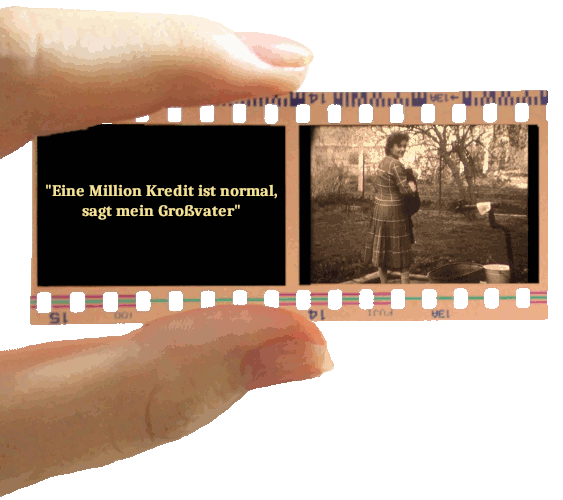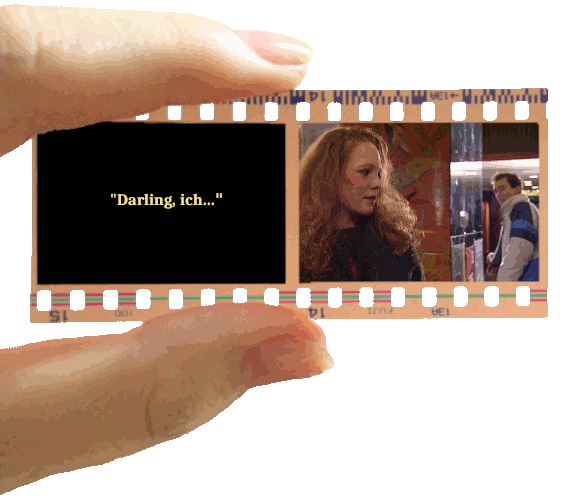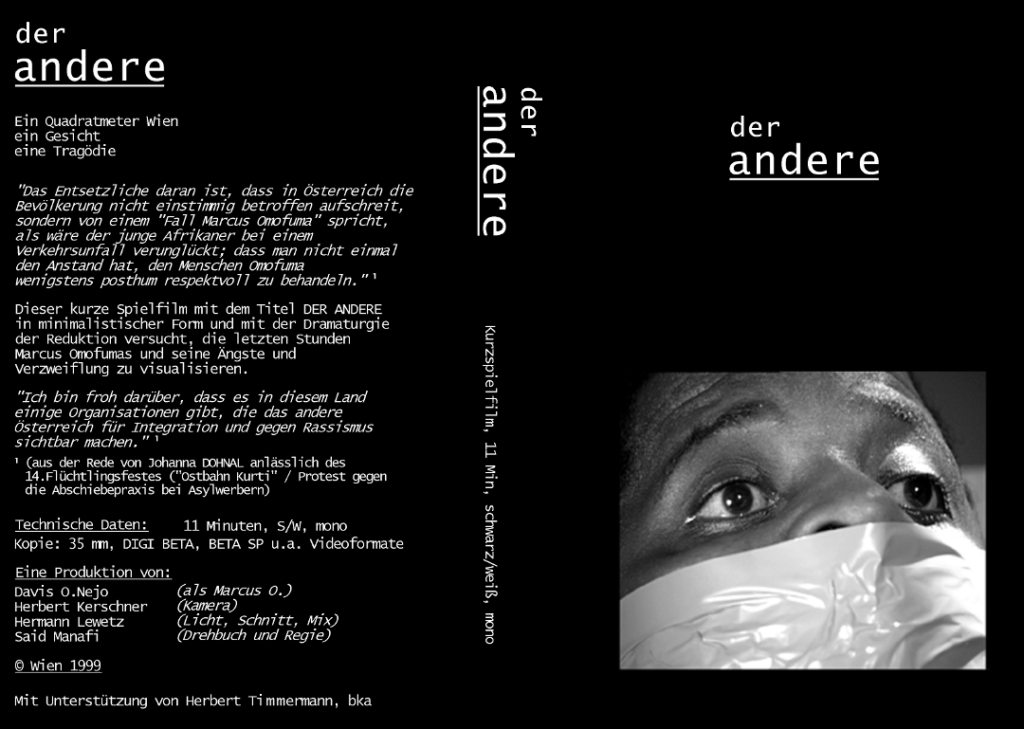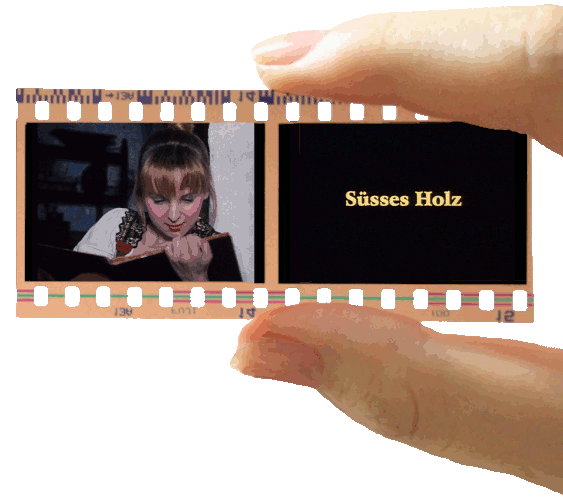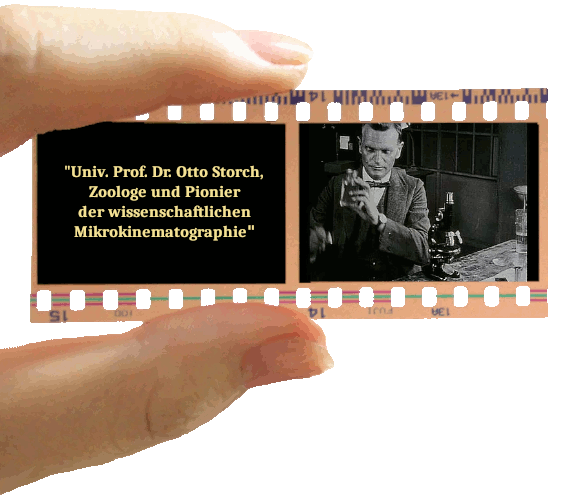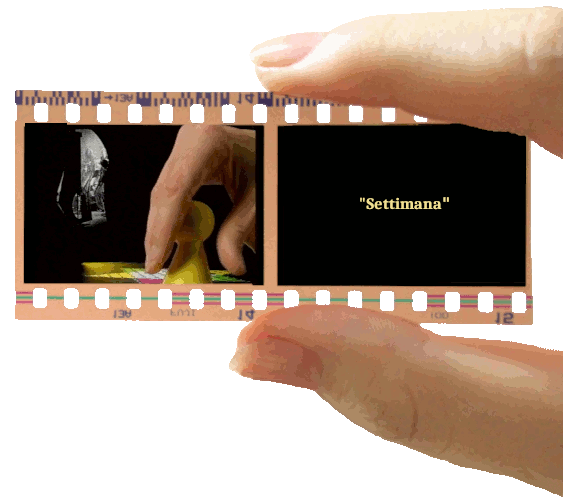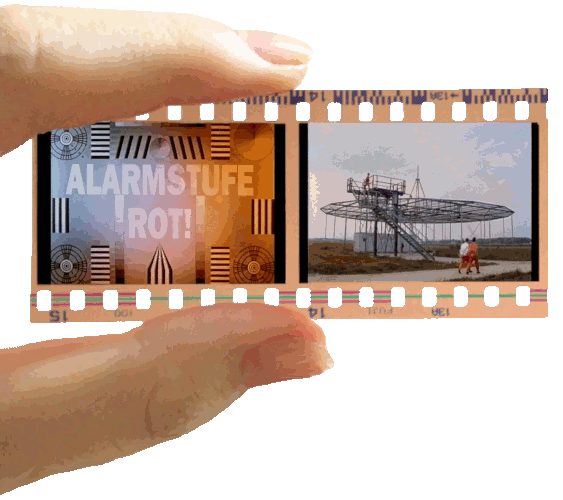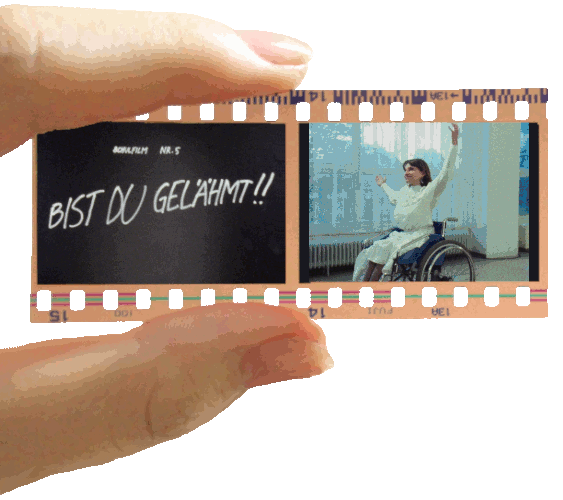filmographie:
2025
(assistant editor)
AT 2025, DCP, 80 min, colour, documentary film
written & directed by Johannes Holzhausen
Karl-Markus Gauss is best known for his travel writing about Europe's minorities. The documentary film Schlendern ist mein Metier accompanies the writer to these people and their places and observes him as he reflects and writes in his native Salzburg. The stories that are told to him and the stories that he tells are a fight against forgetting, especially in the face of his own transience.
Credits:
Regie und Buch: Johannes Holzhausen
Kamera: Joerg Burger
Ton: Raphael Maier, Andreas Hamza
editing: Dieter Pichler
Schnittassistenz: Hermann Lewetz
Dramaturgische Beratung: Constantin Wulff
Herstellungsleitung: Monika Lendl
Produzent(en): Johannes Rosenberger, Johannes Holzhausen, Constantin Wulff
2024
(editing)
AT 2024, 8 min
KuratorInnen: Lilli Bauer und Werner T. Bauer
Ein Film für das Museum „rotes Wien, Waschsalon“ im Rahmen der Sonderausstellung „Käthe Leichter. Und die Vermessung der Frauen“.
https://dasrotewien-waschsalon.at/sonderausstellung/kaethe-leichter-und-die-vermessung-der-frauen
Click on the image to open a page on
www.vimeo.com (password required):
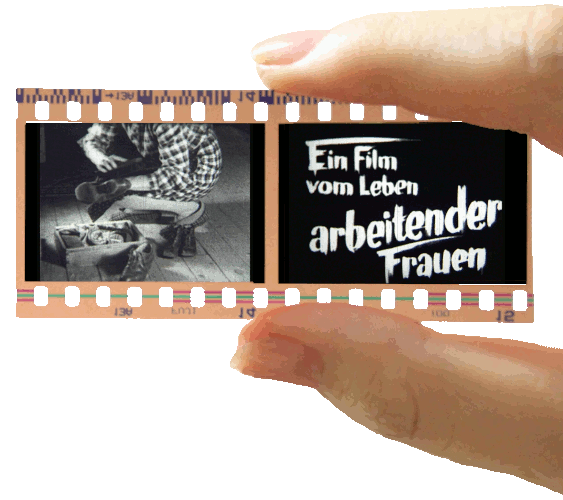
2023
(camera & editing)
AT 2023, DCP, 15 min, colour, short documentary
written & directed by: Gabriele Mathes
Using the example of a specific grocery shop: Can we prevent the death of small shops? How far are we prepared to go for this? Who is responsible for the rescue? The politicians or the customers?
Im Verleih von Sixpackfilm
(editing)
AT 2023, DCP, 86 Min, Farbe, Dokumentarfilm
written & directed by Monika Stuhl
Ein Film über ein Wohnprojekt für Menschen mit psychischer Beeinträchtigung, das weit über das Wohnen selbst hinausgeht.
Im Leben bleiben
– das ist ein schlichter, schöner Gedanke, der gut als Leitbild dienen könnte für die „Stadt der Sonne“, eine in Perugia beheimatete Stiftung, die für Menschen mit psychischer Beeinträchtigung Projekte entwickelt, die sich um das Leben im eigenen Zuhause drehen. Unter dem Schirm von „La città del sole“ formen sich Zweckgemeinschaften, wo Menschen mit und ohne Behinderungen das Zusammenleben erlernen, mietkostenbefreit und unter der Supervision von pädagogischem und klinischem Personal.
Im Verleih von Sixpackfilm
2021
2020
2015
(camera & editing)
A 2015, DCP, short feature film
Buch & Regie: Gabriele Mathes
Feeling Doberman is a family horror film on thin ice: while director Gabriele Mathes stages a family in front of the camera, one wonders where the staging ends and the truth begins. Are these really her siblings, her mother, niece and nephew? Are the memories shared on camera real? The story of the starving pet, flat fur and milky eyes - just a script idea?
Credits:
Konzept & realisation: Gabriele Mathes
Kamera: Hermann Lewetz, Hanna Huber
Schnitt: Hermann Lewetz
Ton: Lisa Weber, David Lewetz
Musik: Claudia Martini, Klaus Kobald
Sounddesign: Gabriele Mathes
Darsteller/innen: Walter Mathes, Brigitte Schöllenberger, Maria Saturn, Josef Wimmer u. a.
Statements:
A break in filming: the protagonists are making small talk, children are playing, a pug is snorting. The director briefs the mother on the upcoming scene, but she refuses to be bound and gagged. She doesn't understand her daughter's anger, she complains. Whether it is the film character's or her relatives' remains unclear. Just as the rest of the plot resists a clear distinction between play and life. Much has never been properly expressed, it is said. In fact, repressed emotions seem to translate themselves into the film shoot with every glance and every gesture; into a flatness that increasingly suggests anxiety in the ruthlessness of the hand-held camera and natural light. A subtly constructed chamber play about (familial) speechlessness, childhood trauma and sadism.
(Diagonale Text)
Feeling Doberman is a family horror film on thin ice: while director Gabriele Mathes stages a family in front of the camera, one wonders where the staging ends and the truth begins. Are these really her siblings, her mother, niece and nephew? Are the memories shared on camera real? The story of the starving pet, flat fur and milky eyes - just a script idea?
Scene 1, living room: While the director discusses final role details with the protagonists, the mother is being made up in the background. She is supposed to play an old woman who cares for her daughter at home. But - according to the script - she is no longer able to do so herself and wishes the woman in need of help to die. Or that she at least goes into a home. "I don't want to go to a home," protests the mother. "But that's the way it is in the film," says the director sternly.
Scene 2: In the foreground, the children are throwing Lego, off-screen you can hear the old mum screaming: "Ow, ow, ow! I need help!!!" The daughter continues to cut her hair impassively, her husband smokes: "Should I go in?" - "Well, let's have a bit of a shout."
It is an unspoken convention: families, children and old people are spared in mainstream cinema. Michael Haneke's Funny Games deliberately explodes its violence against a family into this safe assumption. Gabriele Mathes takes a side step. It's true that no one is physically harmed in the Doberman feeling. But just thinking about what it would be like to give free rein to their aggression, to bind and gag their mother so that she doesn't whinge in the bed over there, drives rage and terror into the faces of those involved. And they are undoubtedly genuine.
(Maya McKechneay)
A break in filming: the protagonists are making small talk, children are playing, a pug is snorting. The director briefs the mother on the upcoming scene, but she refuses to be bound and gagged. She doesn't understand her daughter's anger, she complains. Whether it is the film character's or her relatives' remains unclear. Just as the rest of the plot resists a clear distinction between play and life. Much has never been properly expressed, it is said. In fact, repressed emotions seem to translate themselves into the film shoot with every glance and every gesture; into a flatness that increasingly suggests anxiety in the ruthlessness of the hand-held camera and natural light. A subtly constructed chamber play about (familial) speechlessness, childhood trauma and sadism.
(Sebastian Höglinger, Diagonale-Katalog)
My mum refused. She doesn't want to be bound, gagged and suffocated. Not even for this film. During the break in filming, Erna and Helmut play a game from my childhood. There can be a murder pit in every heart.
(Gabriele Mathes)
In Gefühl Dobermann, Gabriele Mathes pursues a very unconventional approach to filmmaking: the family was involved in her shoot and learns about the story scene by scene. The fact that her own mother does not necessarily play a nursing case who is gagged in front of the camera is a dialogue in itself.
(Maria Motter, FM4)
Uraufführung: Diagonale 2015
Im Verleih von Sixpackfilm
2006
(cutting advice)
A 2006, 35 mm, colour, 22 min
Buch & Regie: Gabriele Mathes
Normality in the seventies: The audiovisual memory economy with its cohorts of private filmmakers produced masses of images of the economic upswing and supposed petit-bourgeois family happiness: holidays by the sea, car trips to the Alps in Dirndl and Krachlederner, at home there was now a built-in wardrobe with a colour TV. Dad films most of the time. It could all have been so nice, but things go wrong: the carpentry business inherited from his grandfather is in the red and competition from mass production deals the company a fatal blow. The family falls into crisis and eventually the father collapses under the burden. Normality is unbearable.
Gabriele Mathes´ Found-Footage-Arbeit erzählt nur auf den ersten Blick eine tragisch endende Familiengeschichte.
Während eine emotionslose Sprecherin ein biografisch gefärbtes, beklemmendes Sprachbild von hoher fotografischer Präzision entwirft, fassen die Super-8-Bilder ein irreduzibles Außen, das nicht allein in der literarischen Beschreibung subjektiver Erinnerungsbilder aufgeht: Fragmente für eine öffentliche Mikro-Wirtschaftsgeschichte. In der tangentialen Montage kontaminieren Bilder und Sprache einander, Andrea Sodomkas Soundscape treibt uns schmerzhaft leise in den audiovisuellen Riss in der Zeit. Im Unterschied zu so vielen ironisierenden Home-Movie-Samplern nimmt Mathes ihr Material als Symptom ernst. Was zeigt sich, was lässt die Nichtsichtbarkeit erahnen, was ist verloren, was gerettet? Und vielleicht hat sich in den ausgewaschenen, beschädigten Affektbildern etwas erhalten, wohin die Sprache, die Trauerarbeit, nicht gelangen konnte; vielleicht ein Moment des Verdachts, vielleicht ein Moment des Glücks. Doch womöglich ist das Glück an einer Stelle aufgeblitzt, die niemand geplant und mit der niemand gerechnet hatte.
(Michael Palm)
Der Film erzählt, wie sich das Ringen meines Vaters um das Überleben des vom Großvater gegründeten Betriebs, der nicht zu verhindernde Konkurs seiner Möbelfirma, auf meine Familie ausgewirkt hat.
(Gabriele Mathes)
Hinter dem Wald wird es hell. Mein Vater sitzt im Wagen und erinnert sich. Er ist zweiundzwanzig. Er ist mit dem Motorrad gekommen. Er steht vor dem Haus, in dem meine Mutter wohnt. Er raucht eine Zigarette. Er raucht mit der rechten Hand, seine Linke ist in Gips gepackt. Meine Mutter schaut den Gips an und fragt: Kannst du fahren?“ Mein Vater dämpft die Zigarette aus. Mein Vater gibt Gas. Er fährt 14 Stunden lang. In Rimini halten sie an. Am Straßenrand stehen Palmen. Meine Mutter legt ihre Arme um meinen Vater und küsst ihn.
(Auszug aus dem Drehbuch)
Im Verleih von: Sixpackfilm
2000
1999
1996
1995
(editing)
AT 1995, 16 mm, colour, 32 min
Scientific author: Reinhard Kikinger
"Biography of the Austrian professor of zoology Dr Otto Storch (1886-1951). His pioneering work in the development and application of high-frequency cinematography in the microscopic field is documented using excerpts from his original films." (Scientific Film Magazine No. 48/49; February 1997; pages 43-60)
1993
(camera)
AT 1993, S-VHS, F, 4 Min, Musikvideo
directed by Arno Aschauer
Music video for the song "New Year" by Reinhard Theiser.
Credits:
composition & arrangement: Reinhard Theiser
text: Peter Hiess
camera: Hermann Lewetz
editing: Ivo Taschner
Equipment: Sabine Pleyel
written & directed by: Arno Aschauer
Click on the image to open a page on
https://www.youtube.com/watch?v=BecJkhESEsI.
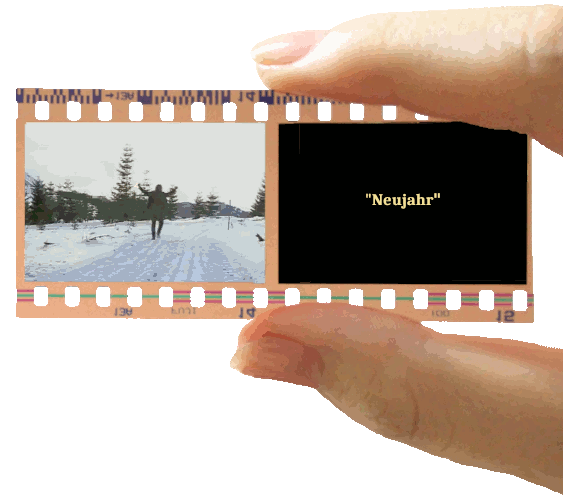
1992
(camera & editing)
AT 1992, 16mm, colour, 32 min, short fiction film
Buch & Regie: Gabriele Mathes
Press reviews:
„Ein anarchisch-provokantes Beispiel rabiaten Feminismus, aber voll Humor und beabsichtigten Brüchen.“
(Rudolf John, Kurier)
„Ein böser Film, der mit der Realität durchaus in Verbindung steht und seine kleinen dramaturgischen Unebenheiten via Drehbuch- Extravaganzen vergessen lässt. Die Damen, der Kalauer und die Sprengsätze: violent amusement, wie gesagt.“
(Stefan Grissemann, Diagonale Katalog)
„Eine in Musik-und Schnittrhythmik mitunter mitreißende Science-Fiction Groteske um drei TV Journalistinnen, die Frauenmörder interviewen. Auch wenn die Verknüpfung von zum Teil plakativen feministischen heavy issues (Gewalt gegen Frauen) mit dem Skurrilen in Darstellung und Dekor nicht immer glückt: ein schriller, nicht sehr (film-) akademischer Film.“
(Drehli Robnik, Falter)
„Fetzige Songs sorgen für Stimmung, und so wie die Vielfalt der Schauplätze, das fantastische Set design und die Buntheit der Bilder die Schaulust befriedigen, so regt die Vielschichtigkeit der Thematik zur Reflexion an.“
(Elke Schüttelkopf, Stimme der Frau)
